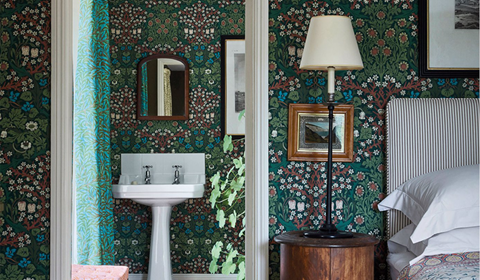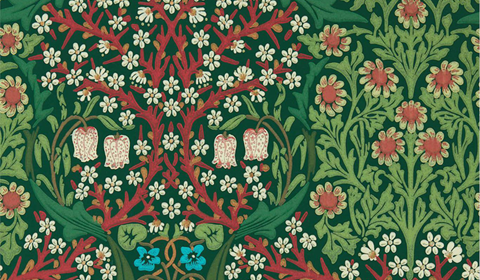3 Things We Just Love About J.H. Dearle
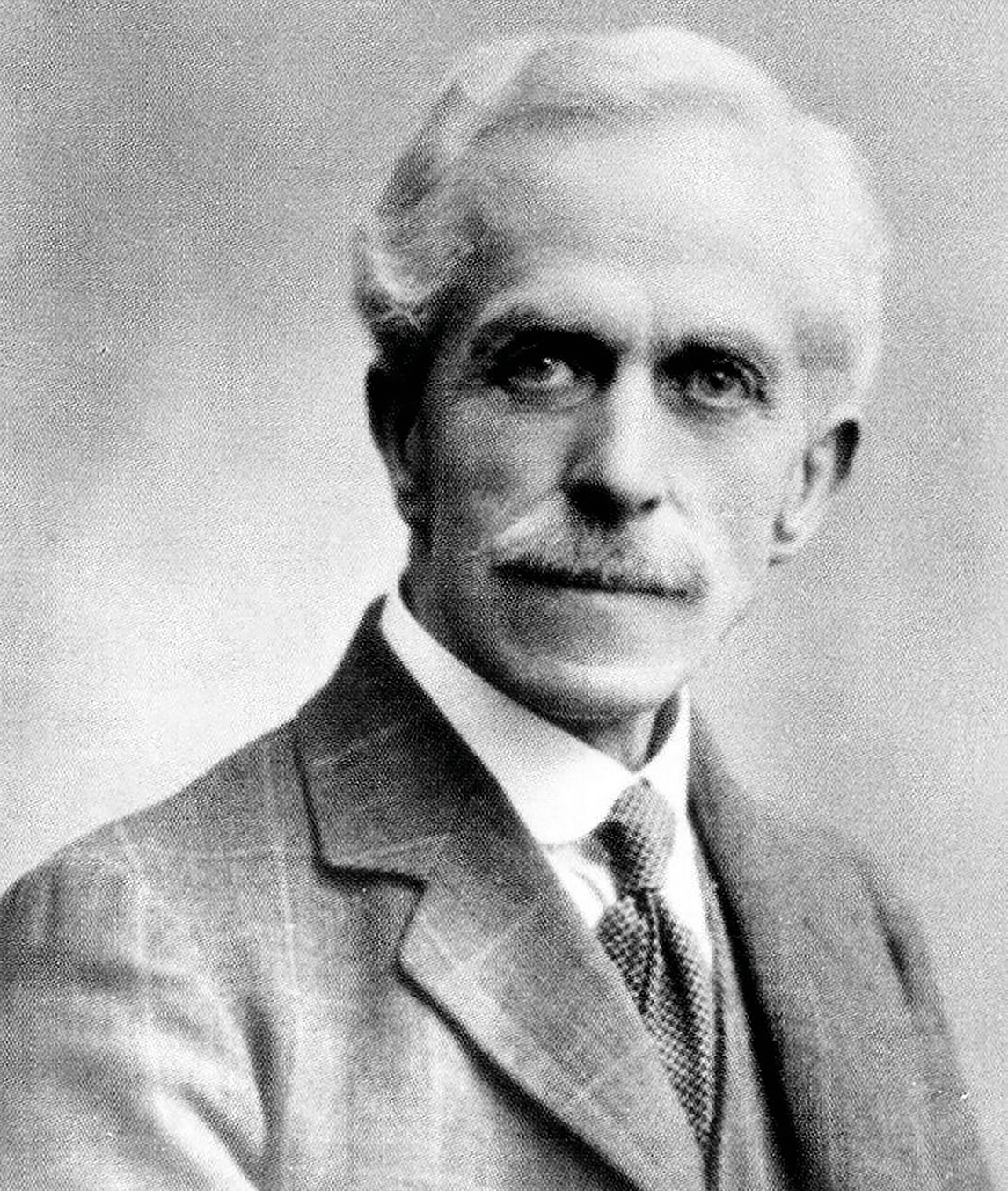
In conjunction with the William Morris Society exhibition, Morris’s Successor: John Henry Dearle, we’re celebrating the life of J.H. Dearle by sharing three things we simply adore about the Arts & Crafts creator.
As a shop assistant-turned-apprentice-turned-Morris & Co.-Art-Director, J.H. Dearle (1859-1932) lived one of the most extraordinarily creative lives of the 19th and 20th centuries. His impact on Arts & Crafts culture ripples down through the ages and continues to play a part in the work we do here at Morris & Co. today.
1. From Humble Beginnings
Dearle’s 54-year career at Morris & Co. began as a shop assistant in the company’s store on Oxford Street, London, in 1878. He transferred to Morris & Co.’s stained-glass painting department, working in the mornings and studying design in the evenings.
William Morris handpicked him as his tapestry apprentice, where Dearle went on to add foliage details to works by Pre-Raphaelite painter and close friend of Morris, Sir Edward Burne-Jones (1833-1898). Soon, Dearle was training new tapestry apprentices, a background that would serve him well later in his career.
2. A True Morris & Co. Education
In 1890, following William Morris’s increasing involvement in revolutionary politics, Dearle became head designer for Morris & Co. After Morris’s death in 1896, Dearle became the Art Director of the firm, employing his skills in managing textiles, wallpaper, stained glass and furniture.
During his 54-year career, Dearle is thought to have produced 30 wallpaper and 40 textile designs. Whilst his legacy has often been overshadowed by that of William Morris, as Dearle’s authorship begins to emerge, a loyal contingent is always willing to celebrate his incredible contribution to Morris & Co.
3. A New Visual Language
As well as being able to fully adopt the Morris & Co. style, Dearle was a master of grand motifs.
Large-scale, sweeping, energetic designs characterise much of his output, leaving an irresistible mark on British design. Below are three of our favourites.
THE DESIGNS
Blackthorn 1892
Gorgeously complex and clearly owing a great deal to his background in tapestry work, Blackthorn is Dearle’s rendition of ‘witch’s fingers’, otherwise known as the sloe tree.
Artichoke 1898
Magnificent, oversized artichoke flower heads dominate the scope of this impactful design.
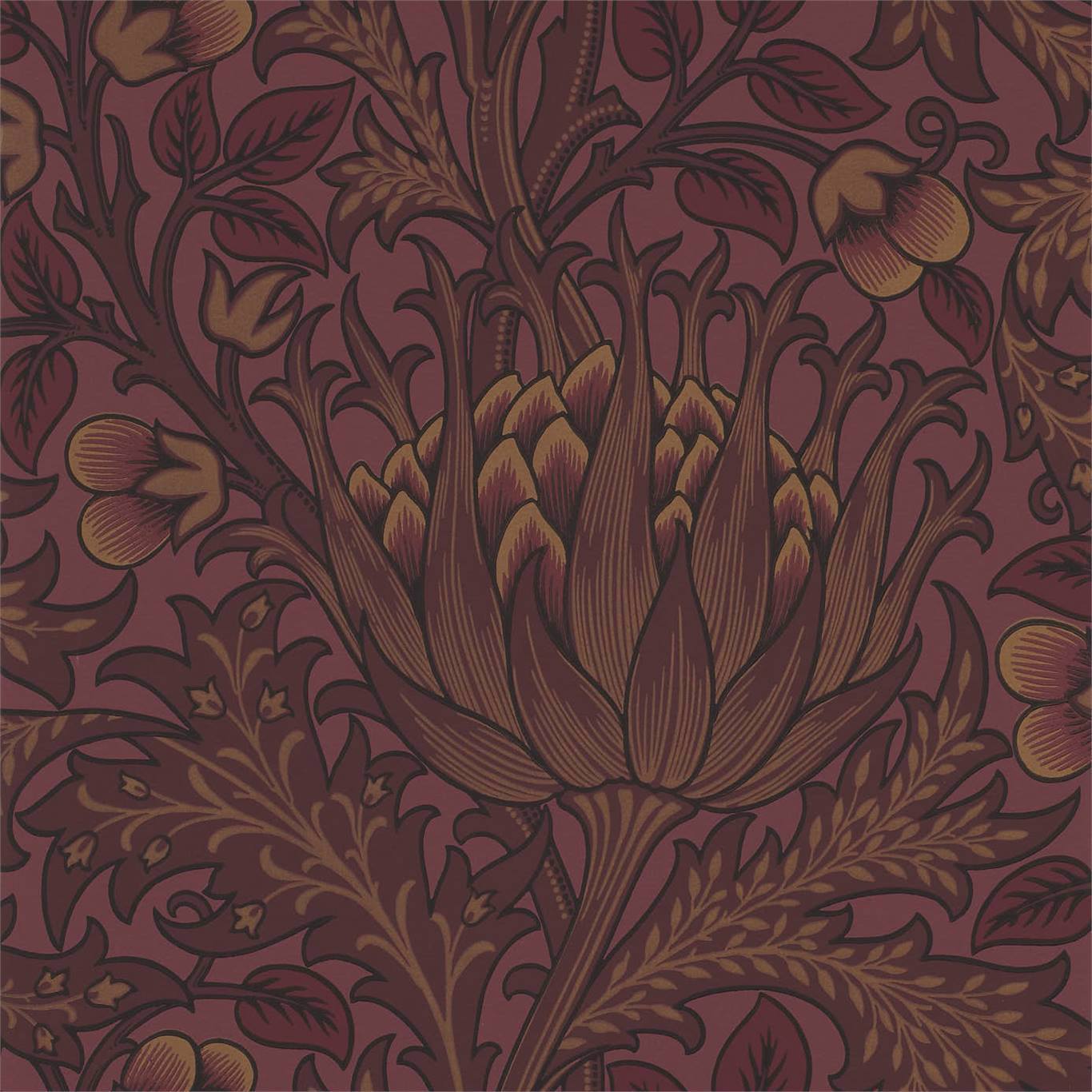
Seaweed 1901
Depicting life beneath the waves, seaweed is a masterpiece of jewel-like tones and simple, swaying forms.
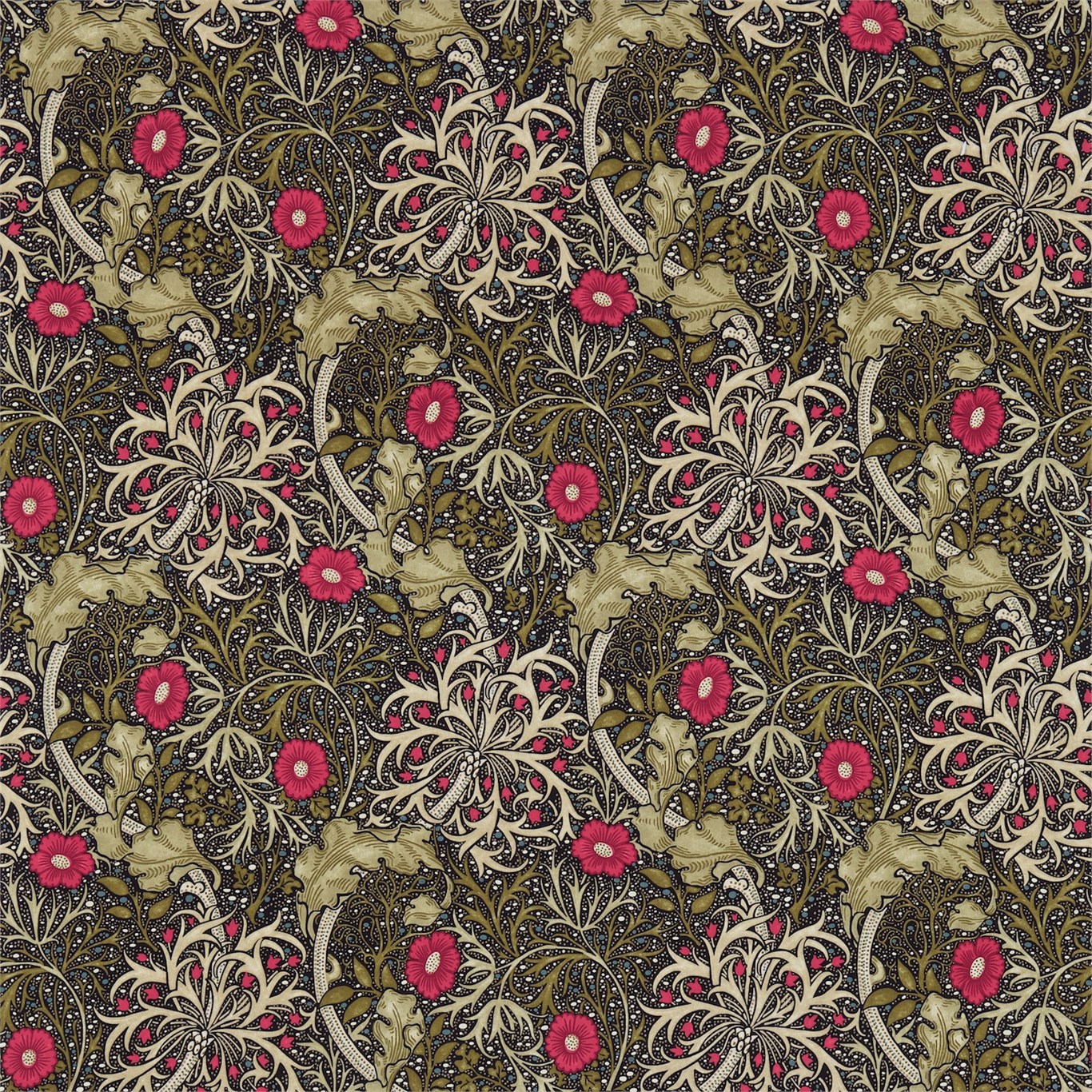
posted on 28 Apr 2023 in Interiors
